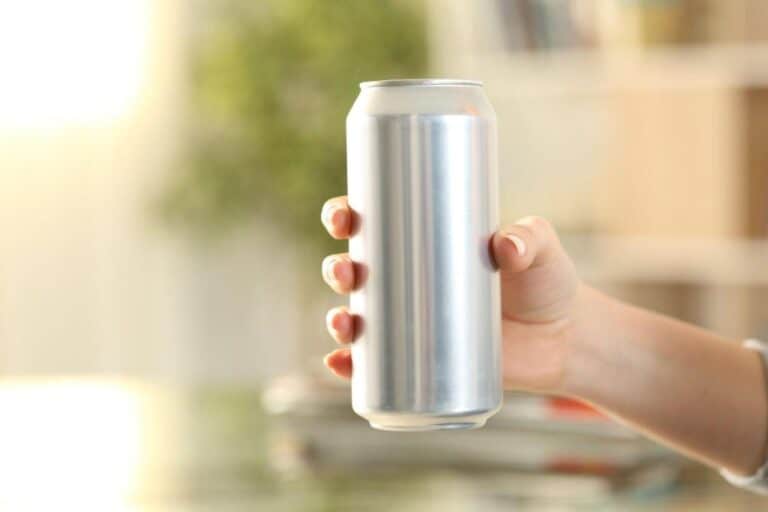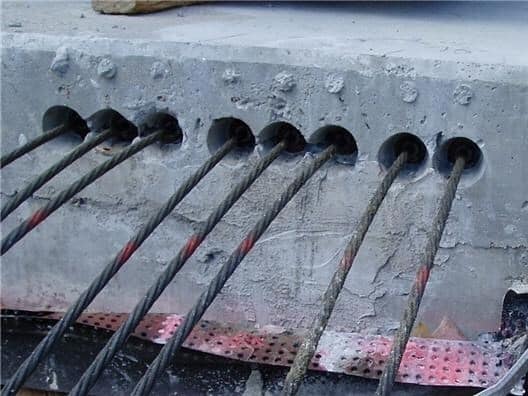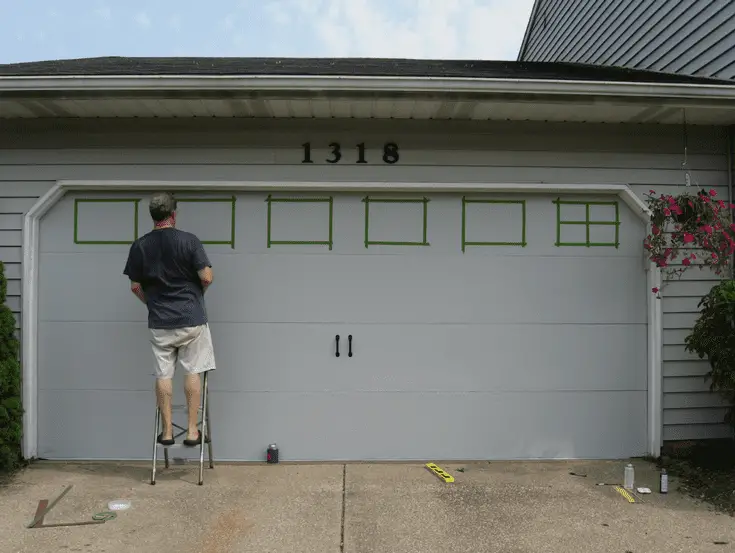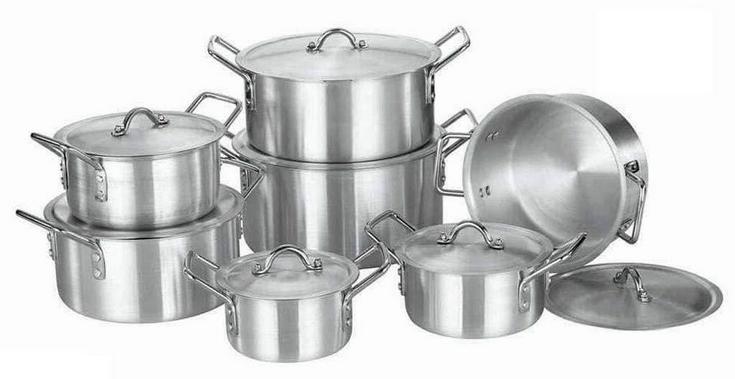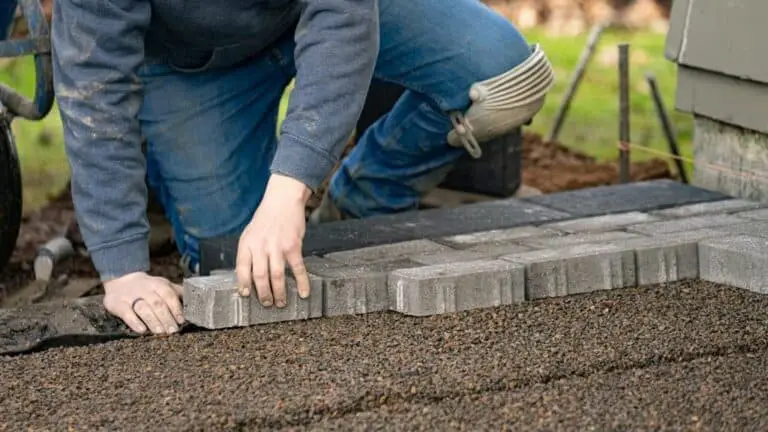Cool Roofs Solution Advantages & Disadvantages
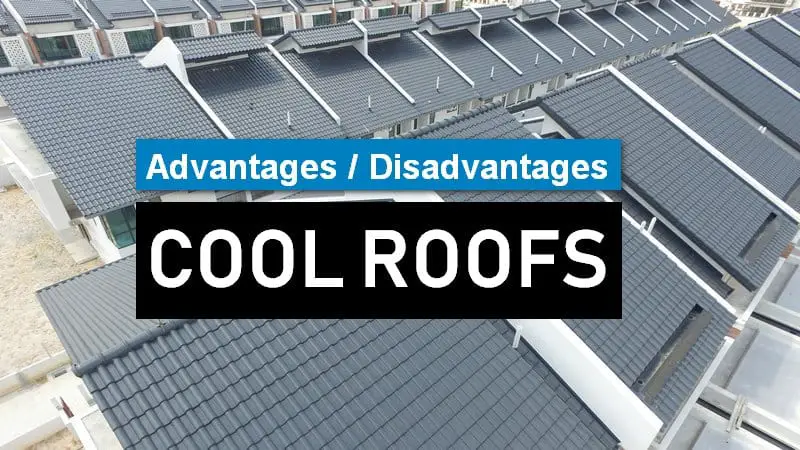
A big problem for roofs these days is the sunlight. While the sun is out, your roof is reflecting and absorbing UV radiation. It raises the temperature in your house and accelerates the deterioration of your roof at the same time.
Reflection rather than absorption is what cool roofing is all about. Even if you’re not aware of it, the heat from the sun on your roof can quickly become unbearable. With the rising temperatures in many places where people live, many people are turning to cool roofs.
The advantages of cool roofs include reduced energy consumption, increased insulation, increased safety, increased durability, and reduced operating cost. This increased insulation helps maintain a more consistent temperature inside buildings as well as outside them. Cool roofs provide homes with cooler and healthier living environments while lowering utility bills.
Whether you want to install a cool roofing solution yourself or pay someone to do it for you, the first step is to determine if it is right for you.
To help you make a decision if cool roofing is right for you, we’ve put together this list of advantages and disadvantages of having a Cool Roof Solution installed.
What Is a Cool Roof?
A cool roof is a roof (typically enhanced by metal or coating) with high reflectivity and low thermal emittance, which reduces the cooling costs of households. A cool roof is generally considered to be any roof that has a solar reflectance index of 60% or higher. It means, a cool roof reflects more than 60% of sunlight and heat and emits less than 40%.
When you have a cool roof installed on your home, it no longer absorbs heat. Instead, it reflects it to the atmosphere. There is less of a need to keep the temperature inside your home at a comfortable level because your attic isn’t as hot as usual.
Cool Roof Advantages
The benefits of installing cool roofs on both commercial and residential properties are widely known. Cool roofs are specially designed to reflect more sunlight than normal roofs, which helps keep the building cooler in the summer. In addition, cool roofs can make a building more energy-efficient, which can cut down on the amount of money it costs to heat or cool the building.
However, the cost savings associated with these types of roofs have not been fully realized because they’re often installed later during renovations. In addition, some contractors don’t understand the requirements for cool roofs, so there’s no guarantee that they’ll get them right every time.
Below are some major advantages of having a cool roof installed.
- Reduce electric bill. A cool roof can be a fantastic and easy way to reduce your monthly electric bill. It will help you save energy by reducing heat gain in hot weather, which is why many states require new buildings to install cool roofs as part of their building codes. The U.S. Green Building Council has set standards that guide builders on how to use green materials in construction projects, such as cool roofs. For example, it recommends using reflective paint instead of white or dark-colored asphalt shingles when possible. A study by the Lawrence Berkeley National Laboratory found that a cool roof can save homeowners an average of $115 per year in energy costs.
- Durable. Because they are long-lasting, they are a good investment. Cool roofs are also more durable and less prone to leaks, making them an attractive option for commercial and residential properties. For years, cool roofing will keep your roof looking and working its best.
- Eco-friendly & Environmentally friendly. Cool roofing tiles, sheets, and coatings are frequently manufactured from recycled materials, diverting waste from landfills and the ocean. When it comes to environmental responsibility, you can rest easy knowing that your cool roof is doing its part. You’ll stay more comfortable without having to use your air conditioner as much. In addition to protecting your roof, it may also lengthen your heating and air-conditioning system’s life.
- Lower Maintenance Cost. When your roof is covered, cracks, holes, and leaks are considerably less likely. This lowers your maintenance expenditures. Cool roofs can help you avoid having to call for emergency roofing contractors and will save you from having to spend money on roof upkeep and maintenance. Cool roofs are also more durable and less prone to leaks, making them an attractive option for commercial properties. In addition, they have lower maintenance costs compared with conventional roofs.
- Prevent Water Leakage. They also help prevent water from penetrating through roofing systems by creating an airspace between the roof deck and waterproof membrane or insulation. This prevents moisture from entering the structure below.
Cool Roofs Disadvantages
While there are many advantages to installing a cool roof, there are also some disadvantages to consider before making a decision.
- Limitation of Lifespan. One of the biggest disadvantages of a cool roof is the limitation on its lifespan. The most common material used for cool roofs is reflective white paint or foil applied directly over an existing roof surface. This type of coating will only last about 10 years if not properly maintained.
- Aesthetically Inferior. They are often considered aesthetically inferior because their coloration makes them look like any other roofing system. Aesthetic considerations may also play into decisions regarding which building types should have cool roofs installed. People regularly complain about the glare that emits from cool roofs due to their high reflectivity.
- High initial cost. A few disadvantages of cool roofs include increased initial construction costs. Cool roofs can be more expensive to install than traditional roofs and have higher maintenance costs.
- Not suitable for a hot climate. Cool roofs may not be suitable for all climates, as they can result in increased energy use in colder climates. The main advantage is that it reduces solar heat gain throughout the warmer months. It has been found that this impact is greatly reduced as temperatures fall below. As a result, many cities require that buildings incorporate some form of passive solar design or heating systems before installing a cool roof on top of it.
How Much Cooler After Using a Cool Roof?
In the summer, ordinary roofs surfaces may reach temperatures above 150 degrees Fahrenheit (ca. 66 degrees Celsius), according to the Department of Energy. Compared to standard roofing materials, the surface of a cool roof can be up to 50 degrees cooler. Air conditioning expenditures can be reduced if the surface temperature of a roof is lower than it would otherwise be.
Non-air-conditioned areas such as garages and attics, both of which are notorious for being unbearably hot in the summer, may benefit greatly from cool roofs. In addition, the roof’s lifespan and maintenance requirements may be extended if it is not subjected to such high daily temperatures.
Is It Worthy to Install a Cool Roof?
As you might think, the answer to this question varies. It’s up to you, for example, how long you intend to stay in your current home. How much money you have to spend, the area location of your house and other factors come into play.
A cost-benefit analysis is conducted where it is found that a cool roof should have a lifespan of at least 20 years with a return on investment of up to 3%. This brings the payback period down to 10 years.
The study also finds that there will be an increase in property values due to the new look of the home. It was estimated that this could add $10,000-$20,000 per house depending on location. In addition, the study shows that homes built after 2005 can use less energy than those built before then because newer houses tend to be more efficient.
First and foremost, focus on your roof. If your roof is old, leaky, and poorly insulated, a cool roof won’t help.
If you want to stay in this house for a long time and want to protect your roof and reap the additional benefits of cool roofing, then go for it.
How Much Does a Cool Roof Cost?
Roofs are expensive. This is especially true if the roof needs to be replaced or even repaired due to wear and tear. A cool roof can be as simple as painting your roof white on the top side that will face the sun, which reflects heat and keeps your attic space cooler.
The majority of roofing contractors will estimate the cost based on the square footage of your roof. Installing a cool roof on a large roof is more expensive. You may expect to pay anything from $6,000 to $17,000. The price depends on many factors: the area location where you reside, the materials that are utilized, and the complexity in the construction of your home.
You may compare the cost of a new roof to the money you’ll save on roofing contractors and utility bills when it’s installed. The break-even point may be found by playing it out over a lengthy time, so you know how much time is required to return your expenditures. It will pay off over time, just like any other investment in your property.
Cool Roofs Materials & Technologies
There are many types of cool roofs available in the market. They are ready in a variety of ways. Modified bitumen roofs with reflecting granules, reflective coatings, are some of the most prevalent. Another option is thermoplastic membranes, which are quite popular.
In addition to painting on a layer of the reflective coating, you may also roll out reflective sheeting over your roof.
Roofs across the United States and Europe are already being kept cool by these cool roofing materials. In addition, we will go through some advantages and disadvantages of each type of material.
Cool Metal Roofing
The solar reflectivity of cool metal roofing is twice as high as that of ordinary asphalt roofing. It’s remarkably lightweight and strong. Another advantage of solar roofing is its nature as weather-resistant, mold, and mildew-resistant. With proper care, a well-maintained metal roof may last 30 to 50 years.
Reflective Roof Coatings
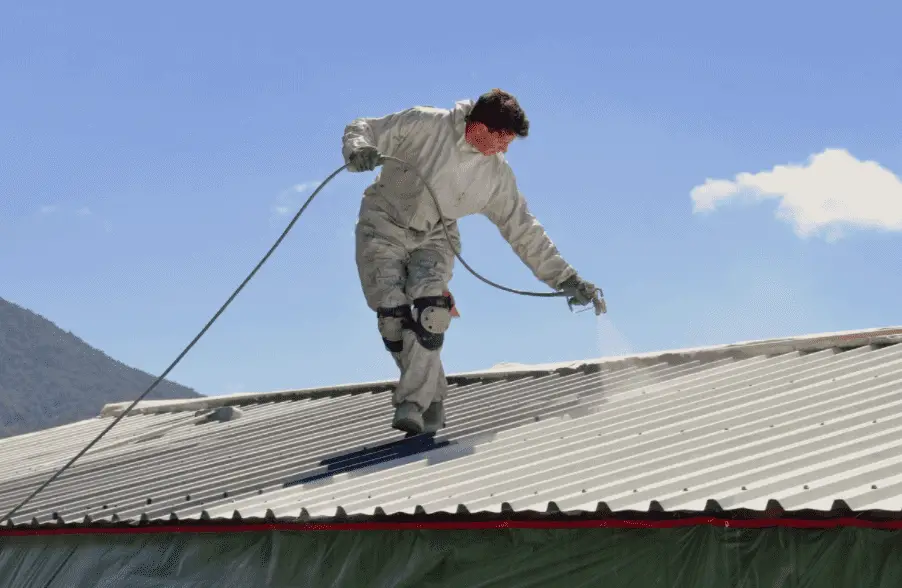
White Roof Coatings:
When it comes to cool roofing, white roof coatings are among the most effective options. They’re frequently formed out of a polymer or similar substance that’s been blended with a white pigment or paint. Depending on the quality of the white coating, a roof installed with this solution can reflect up to 80% of the solar light that strikes it.
This is even more than metal roofing and has the power to change the temperature in your house very much.
Pigmented Roof Coatings
Pigmented roof coatings are suitable for domestic buildings, however, they aren’t a good choice for cool roofs. Dark colors aren’t very good at reflecting sunlight. Lighter colors are better. Roof coated with lighter colors may reflect up to 80% more light than darker shades. When it comes to reflecting roof coatings, the thicker coating is better.
Aluminum Roof Coatings
Aluminum roof coatings form a nearly solid top layer that absorbs solar radiation and reflects it. They can quickly lower the temperature of a home by more than 10 degrees if used correctly. But since it doesn’t reflect light, aluminum gets hotter than an equivalent composite material without the “flaked” covering.
Roofing Membranes
Roofing membranes are produced from a variety of materials, including felt, fiberglass, and polyester, that is both flexible and watertight. Coating or pigment can be put on the top to enhance reflectivity. The reflectivity of EDPM or PVC, two common roofing materials, is dependent on the pigment employed. Solar radiation is repelled by up to 80% by certain top cool roofing manufacturers like Ecology or Sika-Trocal.
Asphalt Shingles
When people think of “cool roofing,” asphalt shingles normally don’t come immediately to mind at the top of the list. The reason for this is that asphalt’s thermal emittance is still rather low, even when it’s white, which is only approximately 30% reflective. When it comes to keeping your house cool, there are better options than asphalt shingles.
Tiles
Cool roofing tiles are another great option that is sometimes ignored. They’re especially popular in warm, sunny locations, where they tend to blend in with the earthy appearance of the houses. They are often composed of ceramic, however, cement can also be used. Although clay has a more reflective nature than cement, a tile’s reflectiveness is influenced greatly by the coloring. Cost and weight are two drawbacks of tile roofing.
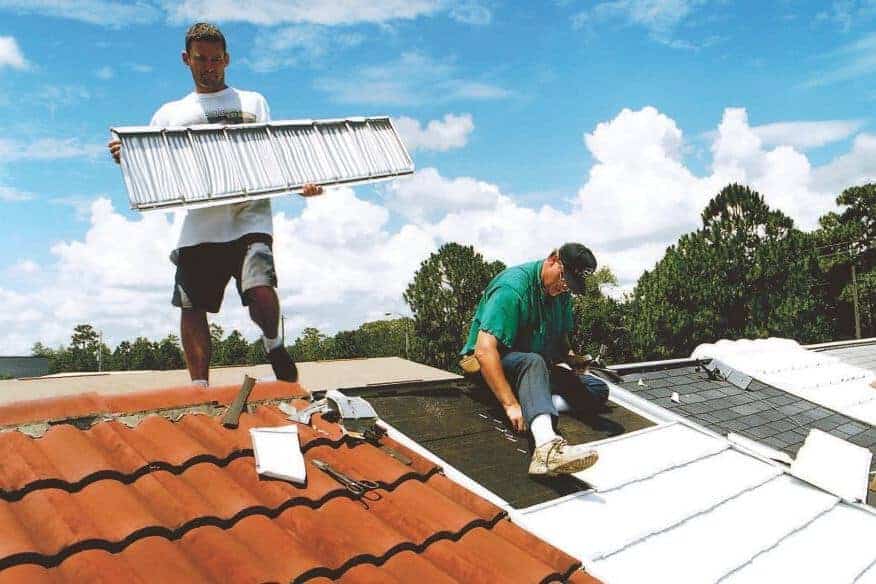
Final Thought
In conclusion, installing a cool roof is a cost-effective way to reduce energy costs, improve building comfort, and protect the environment. Cool roofs can be installed on any type of building, and are available in a variety of colors and materials.
They also help protect the environment by reducing greenhouse gas emissions. Installing a cool roof is a cost-effective way to make your home or business more sustainable.


